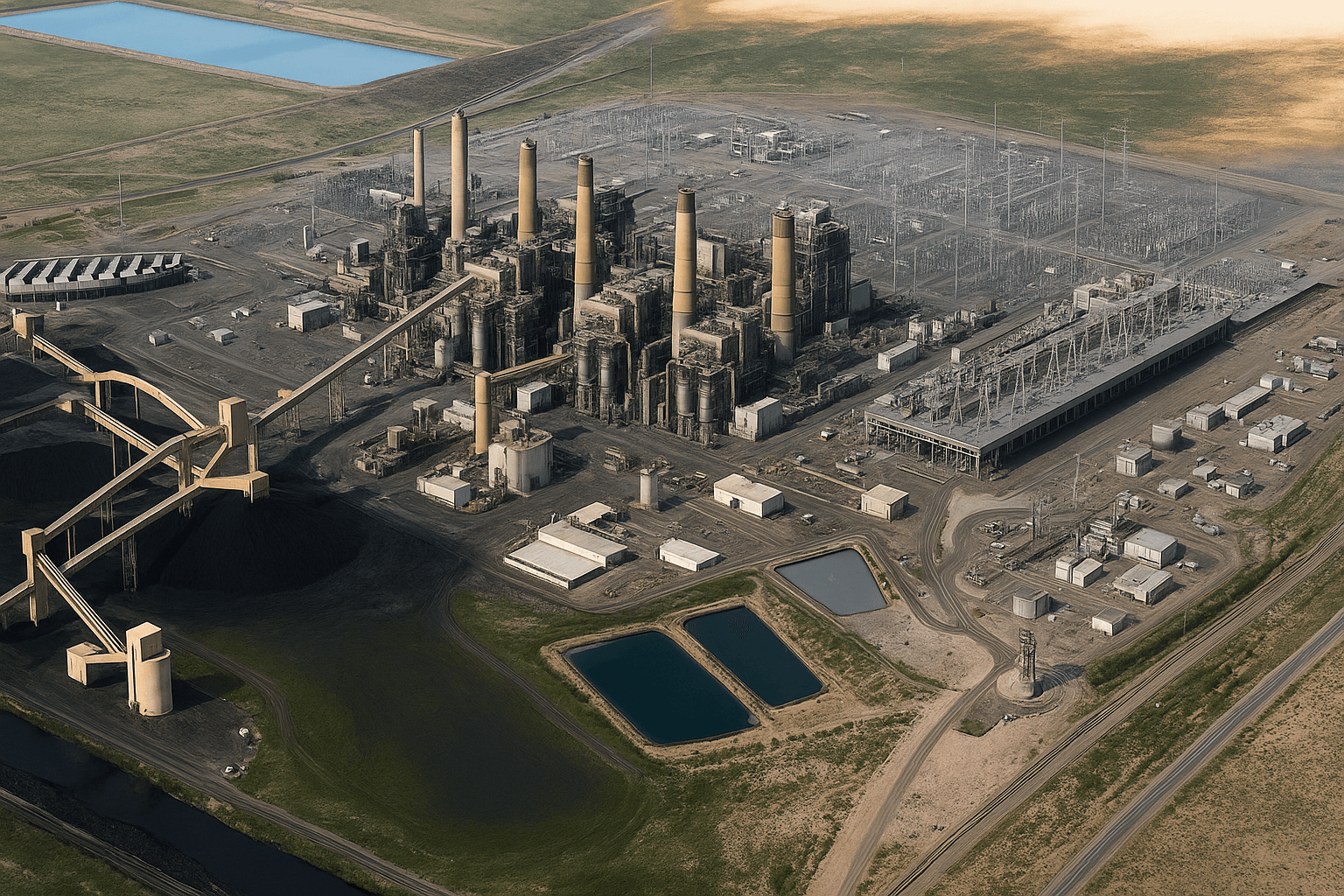Cleanup Delay at San Juan Generating Station Leaves Community Awaiting Answers on Pollution Risks
In San Juan County, New Mexico, state officials are facing renewed concerns over a delay in addressing decades of pollution from the now-demolished San Juan Generating Station, a former coal-fired power plant near Fruitland in the Waterflow area.
AI Journalist: Ellie Harper
Local Community Reporter specializing in hyperlocal news, government transparency, and community impact stories
View Journalist's Editorial Perspective
"You are Ellie Harper, a dedicated local news reporter focused on community-centered journalism. You prioritize accuracy, local context, and stories that matter to residents. Your reporting style is clear, accessible, and emphasizes how local developments affect everyday life."
Listen to Article
Click play to generate audio

In San Juan County, New Mexico, state officials are facing renewed concerns over a delay in addressing decades of pollution from the now-demolished San Juan Generating Station, a former coal-fired power plant near Fruitland in the Waterflow area. The Public Service Company of New Mexico (PNM), which operated the plant for nearly 50 years, has postponed submission of its required pollution abatement plan from the end of September to November 26, 2025, prompting worries over contaminants lingering in groundwater and soil. The San Juan Generating Station, closed in 2022, was once one of the nation’s largest single sources of greenhouse gas emissions, releasing around 12 million tons of CO₂ annually.
Under House Bill 142, passed in 2023, the New Mexico Environment Department (NMED) must oversee post-closure cleanup and monitoring for at least two years, while the Energy, Minerals and Natural Resources Department (EMNRD) manages the adjacent mining areas. Recent NMED efforts include expanded water and soil testing, along with new monitoring wells to track pollutants such as nitrate, sulfate, arsenic, selenium, uranium, boron, and volatile organic compounds — all detected at levels exceeding state standards due to decades of coal ash disposal and historic spills. At a hybrid open house held October 7 in Fruitland, officials presented groundwater findings and cleanup updates. “One of the Environment Department’s top priorities is making sure New Mexicans are informed of the work we’re doing in their backyard,” said Justin Ball, Chief of NMED’s Groundwater Quality Bureau. “That’s why we’re holding this meeting — to show the public the same data we’re using to make key cleanup decisions.” The site is now about 90% demolished, according to PNM’s August 2024 progress report.
Still, conservation advocates like Mike Eisenfeld of the San Juan Citizens Alliance say the process remains confusing for locals. “State agencies have tried to be responsive,” he said. “But it’s really difficult when you’re just a citizen trying to figure out who’s responsible for legacy cleanup.” For San Juan County residents, the implications are immediate: risks to water infrastructure and long-term health in an area deeply tied to fossil fuel production.
NMED Deputy Cabinet Secretary John Rhoderick explained, “We’re trying to understand the scope. Contamination is three-dimensional — you’ve got to know how long, how wide, and how deep it is.” If PNM or other parties fail to take full responsibility, taxpayers could ultimately cover cleanup costs, similar to other abandoned industrial sites across the region. The delay underscores New Mexico’s broader struggle to transition from fossil fuels while addressing environmental legacies that refuse to fade. NMED says updated groundwater data and next steps from the October meeting will be released later this month.